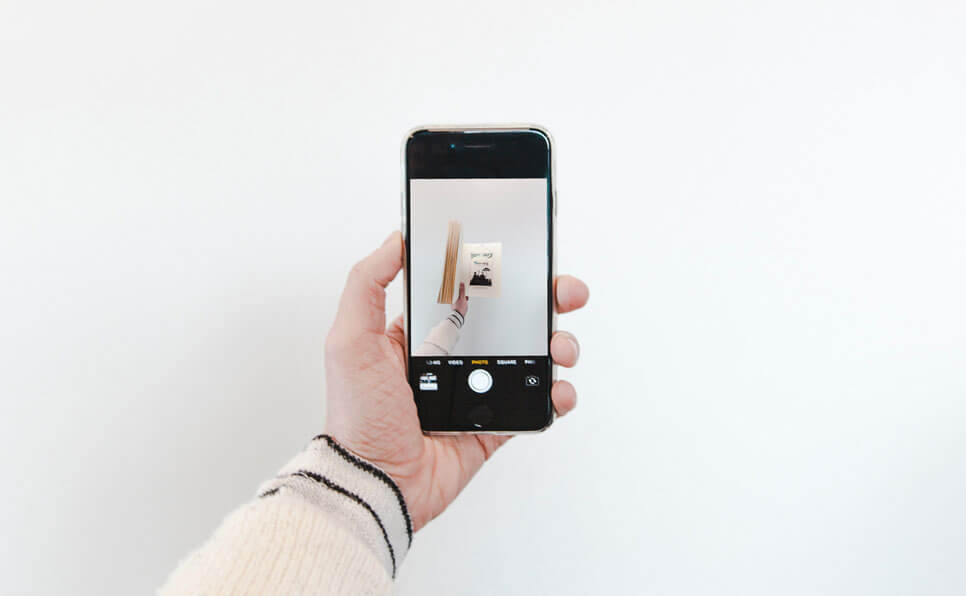Apple has long been celebrated for its innovative and sleek product designs, setting industry standards and cultivating a loyal consumer base. However, not all of its design choices have been met with universal acclaim. Here, we explore some of Apple’s most criticized design decisions.
Magic Mouse 2
Introduced in 2015, the Magic Mouse 2 was lauded for its minimalist aesthetic and rechargeable battery, eliminating the need for disposable batteries. However, the placement of the charging port on the underside of the mouse rendered it unusable while charging—a practical oversight that baffled many users.
Butterfly Keyboard
In pursuit of creating thinner laptops, Apple unveiled the butterfly keyboard mechanism in 2015. While it contributed to a slimmer MacBook profile, the keyboard was prone to dust and debris ingress, leading to frequent key malfunctions. The typing experience was also criticized for its shallow key travel, resulting in widespread dissatisfaction until Apple reverted to the scissor-switch mechanism in 2019.
Apple Pencil (1st Generation)
The first-generation Apple Pencil, released in 2015, featured a Lightning connector under its cap for charging, requiring users to plug it directly into the iPad’s port. This charging method was widely mocked for its awkward appearance and the potential risk of damaging both the Pencil and the iPad.
AirPods Max Smart Case
When Apple introduced the AirPods Max in 2020, the accompanying Smart Case drew immediate criticism. Its peculiar design offered minimal protection and was compared to a handbag or undergarment, leading many to question its practicality and aesthetic appeal.
Siri Remote (2015-2021)
The original Siri Remote for Apple TV, launched in 2015, was criticized for its symmetrical design, which made it difficult to determine orientation by touch. The touchpad was also deemed overly sensitive, leading to unintended inputs. These issues prompted Apple to redesign the remote in 2021, adding physical buttons and an improved layout.
While Apple’s commitment to design innovation has yielded numerous successes, these instances serve as reminders that even industry leaders can encounter missteps. Balancing form and function remains a complex challenge, and user feedback continues to play a crucial role in shaping the evolution of technology design.


